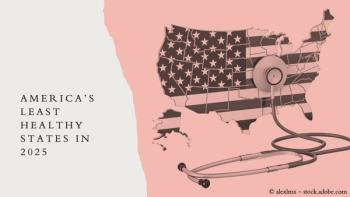
3 key elements to moving beyond fee-for-service
An executive with the Commonwealth Fund believes that moving the U.S. healthcare system beyond fee-for-service payments requires three essential elements: the carrot, the stick and the muscle.
Healthcare's fee-for-service payment systems may have some
That's likely because physicians are understandably nervous and uncertain about what sorts of payment models would replay fee-for-service, and what that would mean for their practices' finances.
Economist
"Not only does fee-for-service payment fail to provide incentives for efficiency, quality, or outcomes, it encourages the provision of unnecessary care and often discourages coordination of care and management of patients across providers and settings," he writes.
Guterman lays out the following three essential elements of moving beyond fee-for-service:
The carrot: It's all about doing away with paying for volume and intensity of services, and rewarding for quality of care. This is already happening to some extent with bundled payments, patient-centered medical homes (PCMHs), and accountable care organizations (ACOs). But getting there certainly won't be easy, as only about 11 percent of provider payments are currently
The stick: Leaving behind the status quo is almost always a challenge, so "the stick" involves diminishing the attractiveness of fee-for-service to providers, Guterman says. One means of achieving that could be by requiring providers to abandon fee-for-service in order to be eligible for future reimbursement increases. Aside from that one example, Guterman doesn't go into much detail about exactly how to apply "the stick," likely because that's by far the most difficult-to-implement aspect of his plan. Attempts to apply "the stick" won't do anything to allay most physicians' top concern -
The muscle: If a "tipping point" on fee-for-service is to be reached, both public and private payers must push for alternative payment models in a coordinated fashion. If just one of the two does so, we won't get there, Guterman writers. The alternative payment approaches need not be identical, but they must be consistent. That will require collaboration between private health insurers and the federal government.
To get weekly news for primary care physicians, subscribe to Medical Economics'
Newsletter
Stay informed and empowered with Medical Economics enewsletter, delivering expert insights, financial strategies, practice management tips and technology trends — tailored for today’s physicians.








